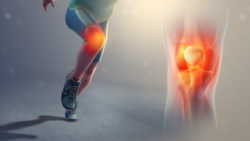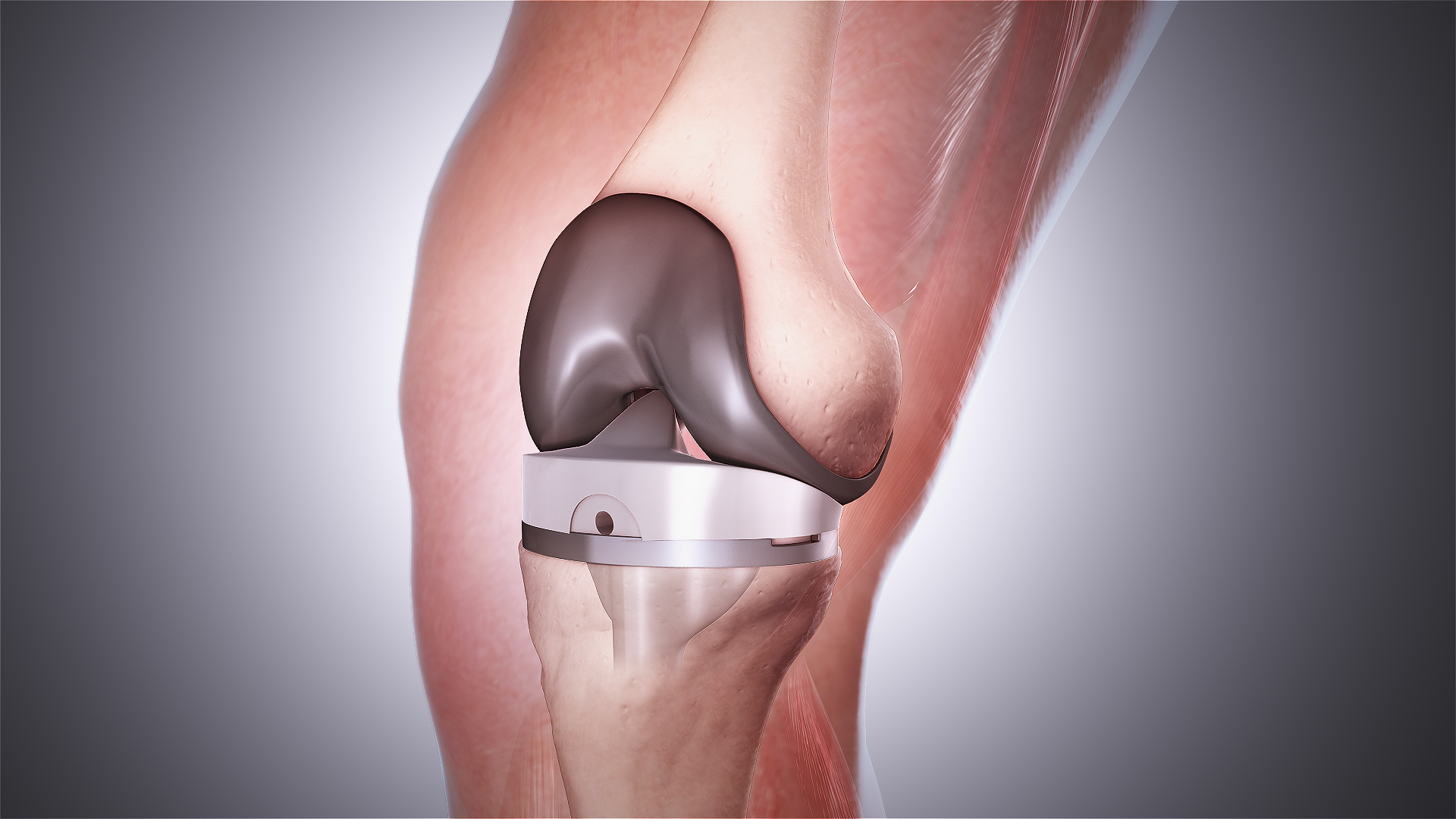Being the largest and most complex, the knee joint is the most stressed joint in the body- a major reason for arthritis. Knee replacement surgery is, therefore, a popular and widely practiced treatment.
If the imaging scans (X-ray, MRI) show only a minor degree of arthritis, a torn meniscus knee arthroscopy can be employed to repair it. Arthroscopic knee surgery is usually performed as an outpatient surgery and the recovery is fairly quick in most patients.
However, in case of severe joint damage due to arthritis, your orthopedist will only suggest you a knee replacement surgery. To comprehend the relevance of knee replacement procedure, and to take an informed decision about the type of knee replacement surgery that suits you, it helps to first understand the knee joint itself. So here’s an overview:
Parts of Knee
The knee is located at the juncture of three bones, the femur (upper leg bone), the tibia (shinbone) and the patella (kneecap). The femur and the tibia are connected by the anterior and posterior cruciate ligaments. The joint is cushioned by the meniscus, a tough cartilage material, during movement. The patella is a small bone, encased in tendons, that glides up and down in the groove on the top of the femur when the knee is flexed and extended.
Wear and tear of the knee joint that results in pain and limits meaningful motion can occur as a consequence of several conditions discussed below.
Reasons for Knee Replacement Surgery
Arthritis
- Osteoarthritis, usually observed in 50+ age group, occurs when cartilage on the gliding surface of the knee begins wearing away, leading to stiffness. The absence of cartilage makes the bones rub directly against each other causing chronic pain.
- Rheumatoid arthritis is actually an autoimmune disease in which the body’s immune system begins to attack the synovial membrane. This results in overproduction of the synovial fluid and inflammation damaging the articular cartilage.
- Traumatic arthritis may be an outcome of a serious knee injury (fracture, ligament damage or meniscus tear). The trauma may also impact the articular cartilage, which may eventually develop into osteoarthritis.
- Avascular necrosis (AVN)
- Abnormal formation or alignment of the knee
- This condition, medically referred to as osteochondritis dissecans or osteochondritis juvenilis, is mostly found in youngsters and can also result in knee degeneration. AVN occurs in patches on the articular surface, primarily on the femoral condyles. The bone becomes soft and loses cohesion with the main bone, even to the extent where fragments can separate and become loose bodies within the joint.
These fragments, depending on their size, can cause instability, pain and even joint locking. Often the condition subsides as the patient matures into adulthood. However, where large areas have been affected, arthritic changes can occur anytime.
- Misalignments like knock knees or bow legs, that form an unnatural angle between the femur and tibia can cause high stress on the joint, resulting in its degeneration. at the knee joint.
What is the surgery about?
Knee replacement surgery, introduced in 1968, involves replacing the components of the knee joint with a synthetic implant, to repair the crucial, weight-bearing surfaces that are damaged and cause pain. Many different mechanical implants, that replace the damaged knee joint, are designed to offer renewed stability and movement.
Two different types of knee replacements exist:
Total Knee Replacement (TKR)
This orthopedic surgery that makes up about 90% of all knee replacement procedures, replaces all three compartments of the diseased knee joint . The thighbone is covered with a metal covering and the shinbone is encased with plastic. In many cases, the surgeon also replaces the undersurface of the kneecap with a plastic surface, in order to further reduce pain and provide a smoother functioning joint. The procedure involves some removal of bone and cartilage.
Partial Knee Replacement
In this procedure, only the part of your knee that’s damaged or arthritic is replaced. The advantage to this approach is that it requires a smaller incision, causes comparatively less bone and blood loss and, therefore, produces less pain. Even the patient recovery is faster in comparison to TKR. However, there are disadvantages, including the possibility of a revision surgery if the infection spreads to the parts of the knee that are not replaced.
But Beware...
With any surgical procedure there are risks of complications. Some of the complications with knee replacement surgery (in decreasing order of their reported incidence) are:
- Mechanical complication of the implant
- Blood clots: deep vein thrombosis, pulmonary embolism
- Cardiac complications
- Postoperative infection
Although the incidence of these complications is very low when viewed against the success rate, consulting the orthopedic surgeon for understanding your potential risks before undergoing the surgery is always advisable. This is because genetics, family history, and lifestyle, the factors that vary for each individual, play a significant part in deciding the success rate of surgery. For an overweight 60+ individual who has led a mostly sedentary lifestyle and has a family history of osteoporosis, the post-surgery risks are certainly higher than an individual with strong bone density and a more active lifestyle.

The What, Why And When Of Patellofemoral Pain Syndrome (Runner’s Knee)
Patellofemoral pain syndrome (PFPS) is a condition in which the pain is felt mainly in the front region of the knee, specifically on the underside of or somewhere around the edges of the kneecap... Read More..









